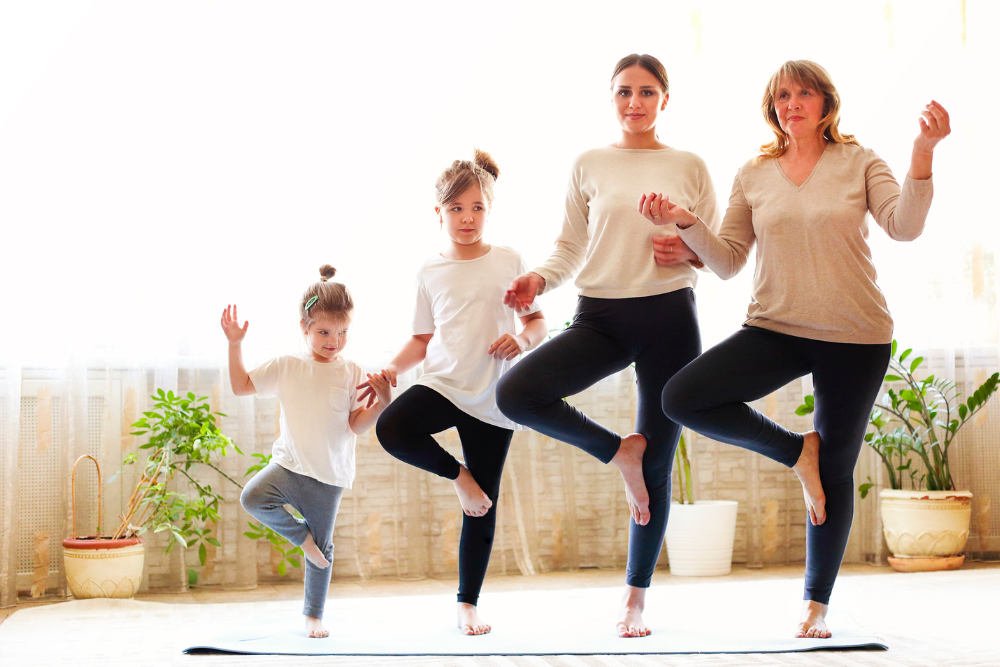Participating in regular physical activity is good for your body as well as your mind. In fact, regular exercise is associated with improved cognitive function. Furthermore, exercise can improve mood and sleep and reduce stress and anxiety.
There are three primary forms of exercise: aerobic, strength, and balance.
Aerobic Exercise
Aerobic Exercise increases your heart rate and breathing rate raises your body temperature and strengthens your heart and lungs.
Aerobic exercise can be either light-intensity, moderate-intensity, or vigorous-intensity. Light-intensity exercises include slow walking and washing the dishes. Moderate-intensity activities increase your heart rate a little more but still allow you to talk comfortably or sing along with a song without difficulty or gasping for breath. Moderate-intensity exercises include brisk walking, gardening, and dancing. Vigorous-intensity exercises increase your heart rate even more and cause you to sweat. Vigorous-intensity activities include running, fast swimming, and jumping rope.
It is recommended that adults get at least 150 minutes of moderate-intensity or 75 minutes of vigorous-intensity aerobic intensity, or a combination of both, spread out over at least 3-5 days per week. Over time, increasing the goal to a total of 300 minutes, or 5 hours, each week may result in the greatest health benefits.
Strength Training
Strength training maintains muscle function and reduces the risk of falls. Examples of strength training exercises include using free weights, weight machines, resistance bands, or exercises that use your own body weight such as push-ups, squats, and lunges. Additionally, pilates, yoga, and tai chi work different muscle groups and also incorporate balance training.
It is recommended that adults participate in strength training at least twice per week, on nonconsecutive days. Strength training that works different muscle groups provides the maximum benefit.
Balance Training
Balance training exercises can help to develop strength and balance, reduce the risk of falls, and challenge your brain. While activities such as yoga offer both strength and balance training, you can work on your balance using simple activities at home such as standing on one foot, using a stability ball, or doing back and side leg raises.
Try to incorporate balance training activities into your routine at least three times a week, if not more. These activities can easily be performed while you are doing simple tasks throughout your day such as while you are brushing your teeth or folding laundry. When starting a new balance activity, keep something sturdy close by that you can steady yourself, such as a chair, counter, or wall.
Disclaimer: Remember to speak with your physician about your current health status before you begin any exercise program. Consider asking for a referral to a physical therapist to help you develop an exercise routine. If you are not currently exercising, it is important to begin slowly and work up to the goals discussed in this article.








